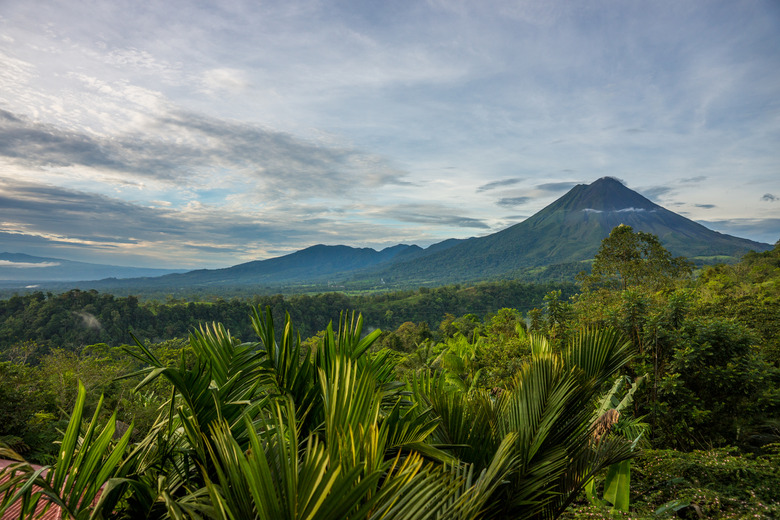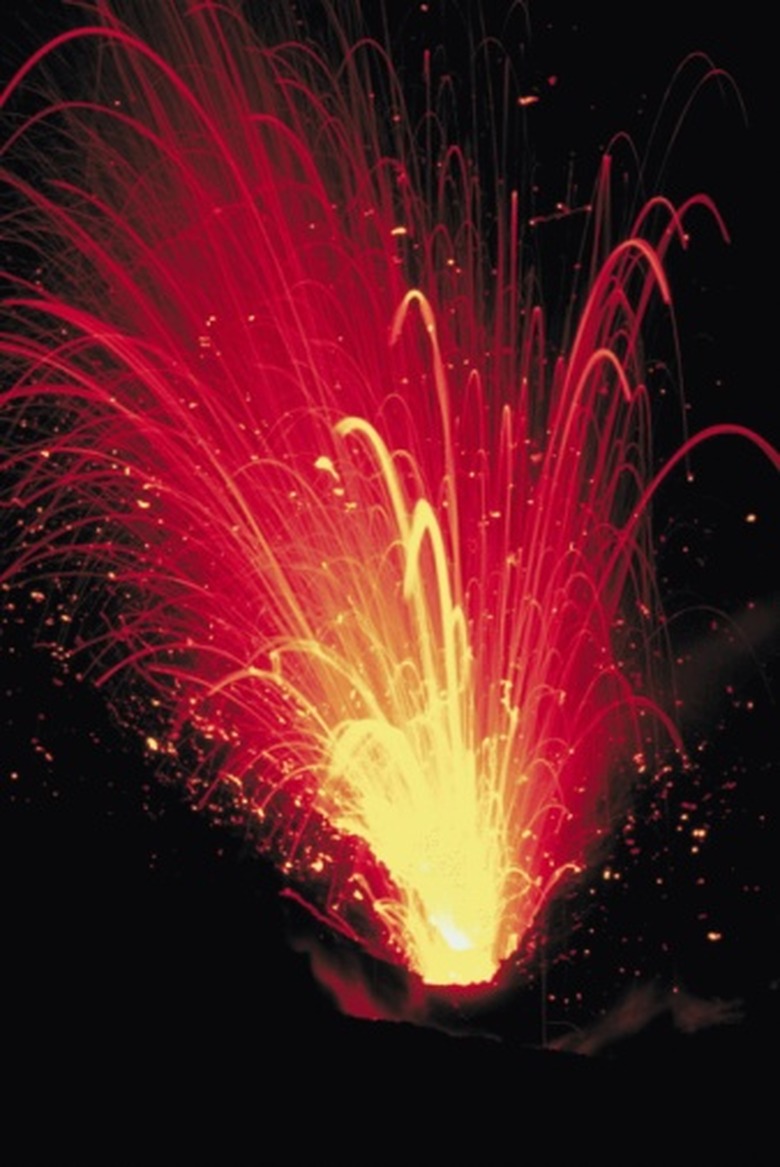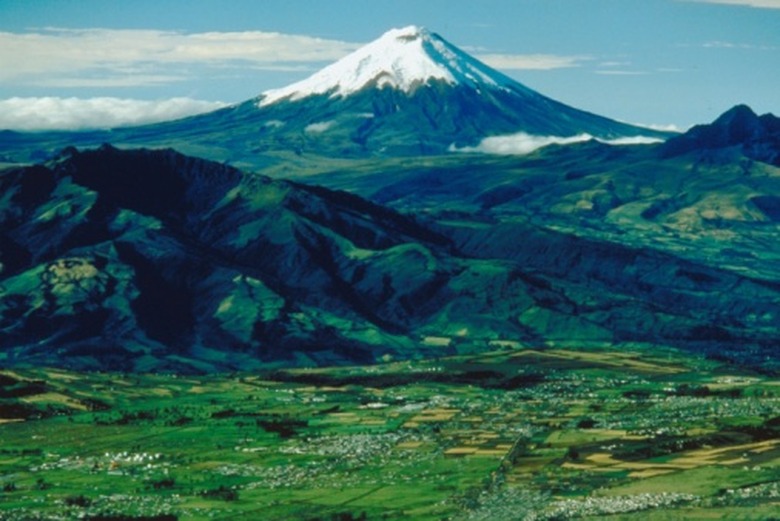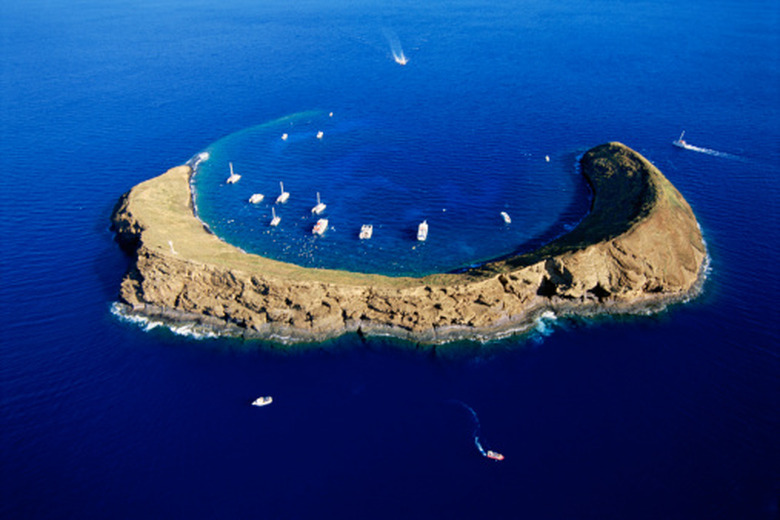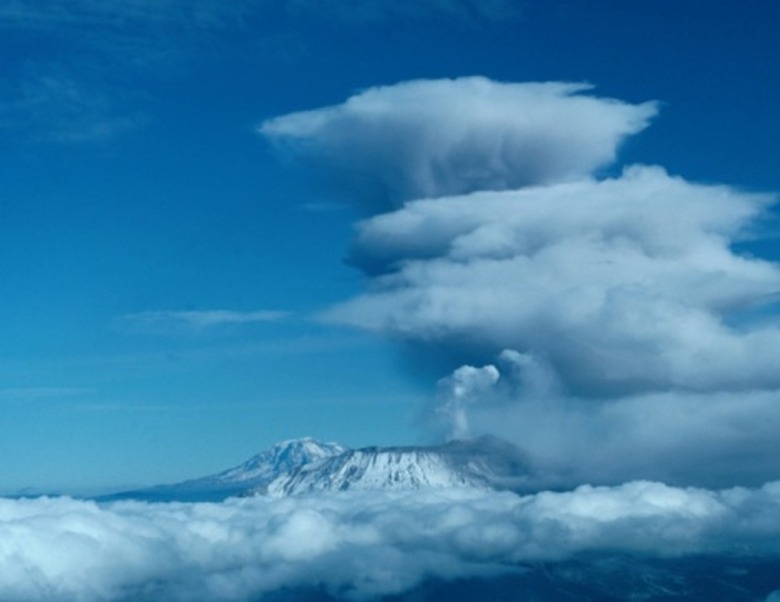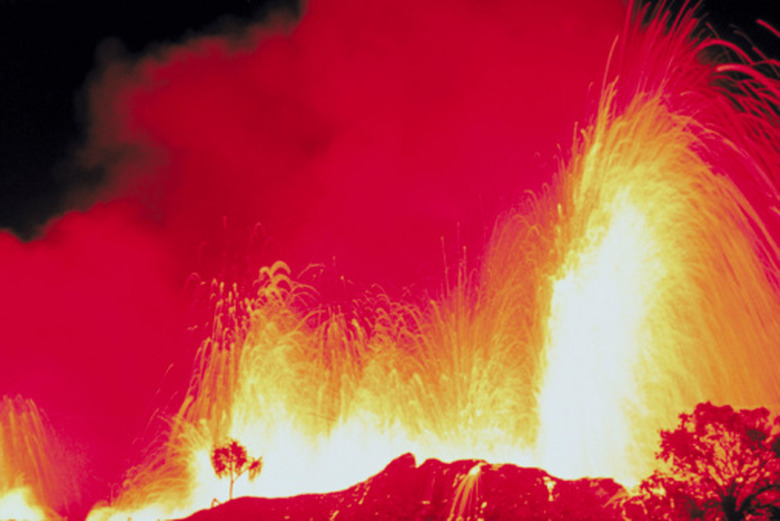Classification Of Volcanoes
Active Volcanoes
Active Volcanoes
A volcano is a rupture in the earth's surface that allows hot material from the interior, including steam and lava, to escape. A volcano is classified as active if it is currently erupting or is expected to erupt in the near future. Approximately 500 volcanoes on Earth are classified as active, not including volcanoes that are submerged under the oceans. Between 50 and 70 active volcanoes erupt every year. Kilauea, one of the five volcanoes that make up the Big Island of Hawaii, has been erupting continuously since 1983. Volcanoes that are not active are classified as either as dormant (may become active) or extinct.
Dormant Volcanoes
Dormant Volcanoes
A dormant volcano is one that is not currently erupting but has erupted within recordable history and is expected to erupt again in the future. The line between active and dormant volcanoes is sometimes blurred; some volcanoes can remain dormant for thousands of years between eruptions, so technically they are expected to erupt in the future, but it could take many lifetimes before that happens. Mauna Kea, another one of the five volcanoes on the Big Island, last erupted 3,500 years ago but it is expected to erupt again, although there is no prediction as to when that event could take place. Dormant volcanoes are often the most dangerous as people are complacent living within their vicinity and are generally unprepared when an eruption does come. This was the case with Mt. St. Helens in 1980.
Extinct Volcanoes
Extinct Volcanoes
Extinct volcanoes are considered dead and are not expected to ever erupt again. Kohala, the oldest volcano on the Big Island of Hawaii, has not erupted in 60,000 years and is not expected to ever become active again. But this classification is not an entirely definitive determination, because many Hawaiian volcanoes have gone through a stage of rejuvenation.
Type Classifications
Type Classifications
Volcanoes can also be classified by type. The structure and composition determine a volcano's type. Shield volcanoes are low, dome-shaped mountains shaped by lava that flows easily and covers a large area. Cinder cone volcanoes are the simplest form; they erupt from a single vent and usually have a bowl-shaped crater at the summit. Composite, or strato, volcanoes are the most common type; they are tall mountains with steep sides, having alternating internal layers of rock and magma.
Eruption Classification
Eruption Classification
Two basic classifications of volcanoes are based upon the type of eruption they produce: explosive (or central) and quiet (or fissure). Explosive eruptions are caused by the buildup of gasses under highly viscous (thick and slow-flowing) magma trapped deep within the volcano. Eruptions are rapid and violent, often spewing lava, ash and volcanic material high into the air. Quiet eruptions usually emit great volumes of lava along a long fissure or fracture. Lavas typically have low viscosities so the gases are not prevented from readily escaping.
Cite This Article
MLA
Dorward, Lisa. "Classification Of Volcanoes" sciencing.com, https://www.sciencing.com/classification-volcanoes-8442589/. 20 April 2018.
APA
Dorward, Lisa. (2018, April 20). Classification Of Volcanoes. sciencing.com. Retrieved from https://www.sciencing.com/classification-volcanoes-8442589/
Chicago
Dorward, Lisa. Classification Of Volcanoes last modified March 24, 2022. https://www.sciencing.com/classification-volcanoes-8442589/
